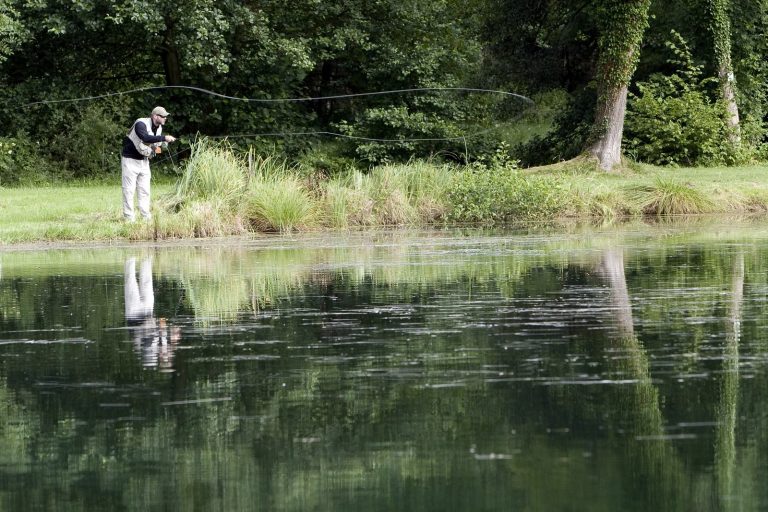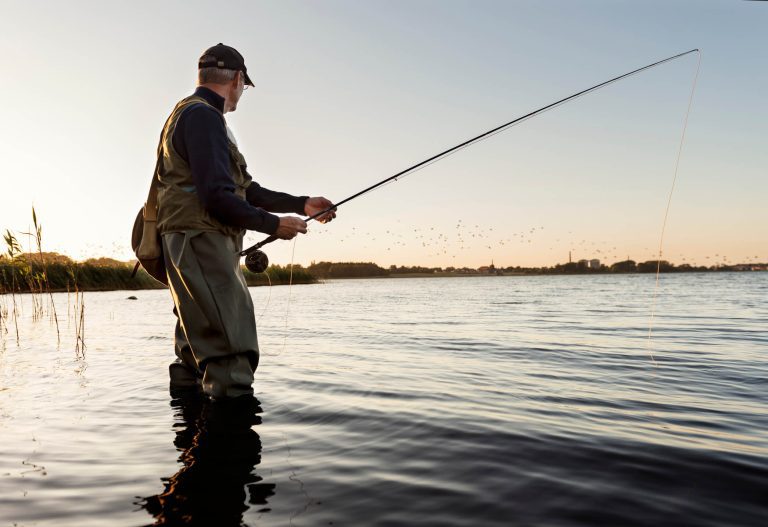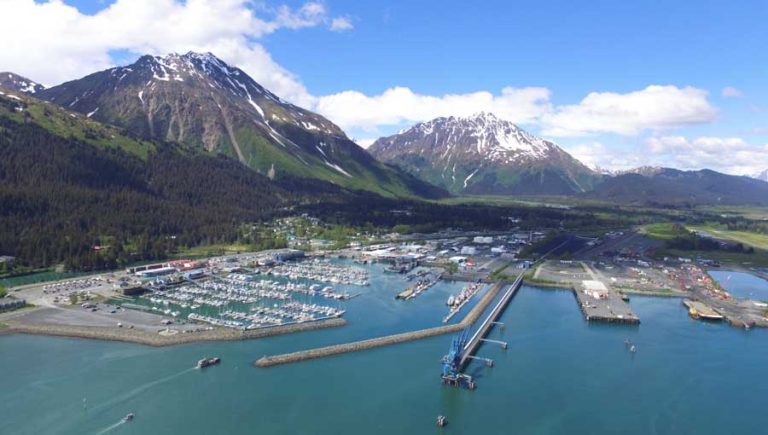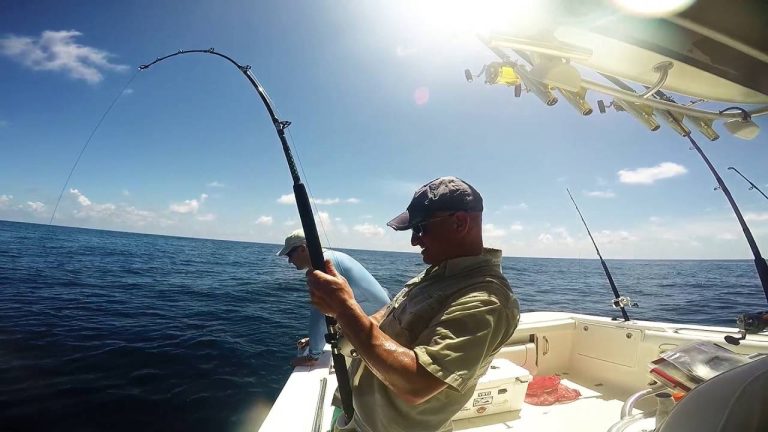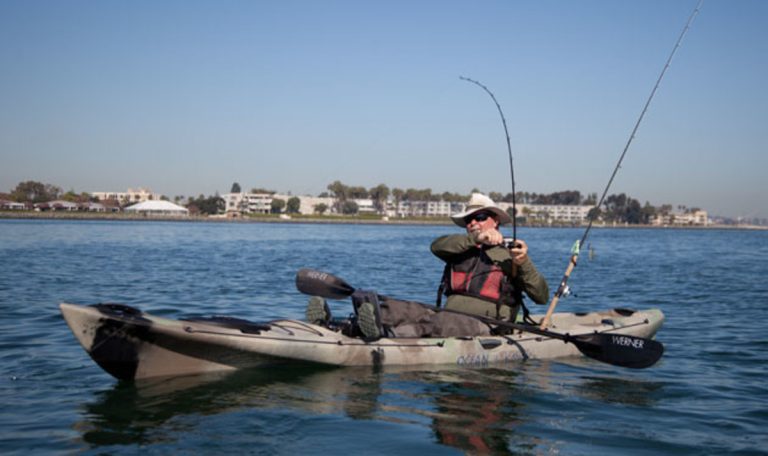Are you dreaming of reeling in a trophy catch in Alaska’s pristine waters this year? Before you pack your tackle box and head north, it’s crucial to stay informed about the latest changes to fishing licenses and regulations. Alaska’s Department of Fish and Game (ADF&G) regularly updates policies to ensure the sustainability of its world-class fisheries while enhancing the experience for anglers. In this comprehensive guide, we’ll walk you through everything you need to know for a successful and responsible fishing adventure in The Last Frontier.
Why Staying Up-to-Date on Regulations Matters
Alaska’s abundant waters attract anglers from around the globe, all eager to pursue prized species like king salmon, halibut, and rainbow trout. To maintain healthy fish populations and the quality of the fishing experience, the ADF&G carefully manages the state’s valuable aquatic resources. By familiarizing yourself with the 2024 regulation changes, you’re not only ensuring a legal and enjoyable trip, but also contributing to the long-term sustainability of Alaska’s fisheries for generations to come.
Who Needs an Alaska Fishing License?
Before we dive into the specifics of the 2024 updates, let’s review who needs to obtain a fishing license in Alaska:
- Alaska Residents: All residents aged 18 and older must purchase a sport fishing license. Those under 18 and residents 60+ with an ADF&G Permanent ID Card can fish without a license but must carry a free Harvest Record Card.
- Non-Residents: All non-residents aged 16 and older are required to have a valid sport fishing license.
Additionally, both residents and non-residents need a King Salmon Stamp to fish for king salmon, except in stocked lakes.
Types of Alaska Fishing Licenses
Alaska offers several license options tailored to the needs of resident and non-resident anglers:
Resident Licenses:
- Annual Sport Fishing License: Valid for the calendar year, allowing fishing in both fresh and salt water.
- Low Income License: Discounted license for residents meeting Alaska’s poverty guidelines.
- ADF&G Permanent ID Card: Available to residents 60+ and disabled veterans, allowing fishing without a license but requiring a Harvest Record Card.
Non-Resident Licenses:
- 1-Day, 3-Day, 7-Day, and 14-Day Licenses: Short-term options for brief fishing trips.
- Annual Sport Fishing License: Valid for the entire calendar year.
2024 Fishing License Fee Adjustments
One of the most notable changes for the 2024 season is the adjustment of fishing license fees. While the increases are modest, they play a vital role in supporting the ADF&G’s fisheries management and conservation efforts. Here’s a breakdown of the new fees:
Resident License Fees:
- Annual Sport Fishing License: $29 (previously $25)
- Low Income License: $5 (no change)
- ADF&G Permanent ID Card: Free (no change)
Non-Resident License Fees:
- 1-Day License: $25 (previously $20)
- 3-Day License: $45 (previously $40)
- 7-Day License: $70 (previously $65)
- 14-Day License: $105 (previously $100)
- Annual License: $145 (previously $140)
King Salmon Stamp Fees:
- Resident: $10 (no change)
- Non-Resident, 1-Day: $15 (no change)
- Non-Resident, 3-Day: $30 (no change)
- Non-Resident, 7-Day: $45 (no change)
- Non-Resident, 14-Day: $75 (no change)
- Non-Resident, Annual: $100 (no change)
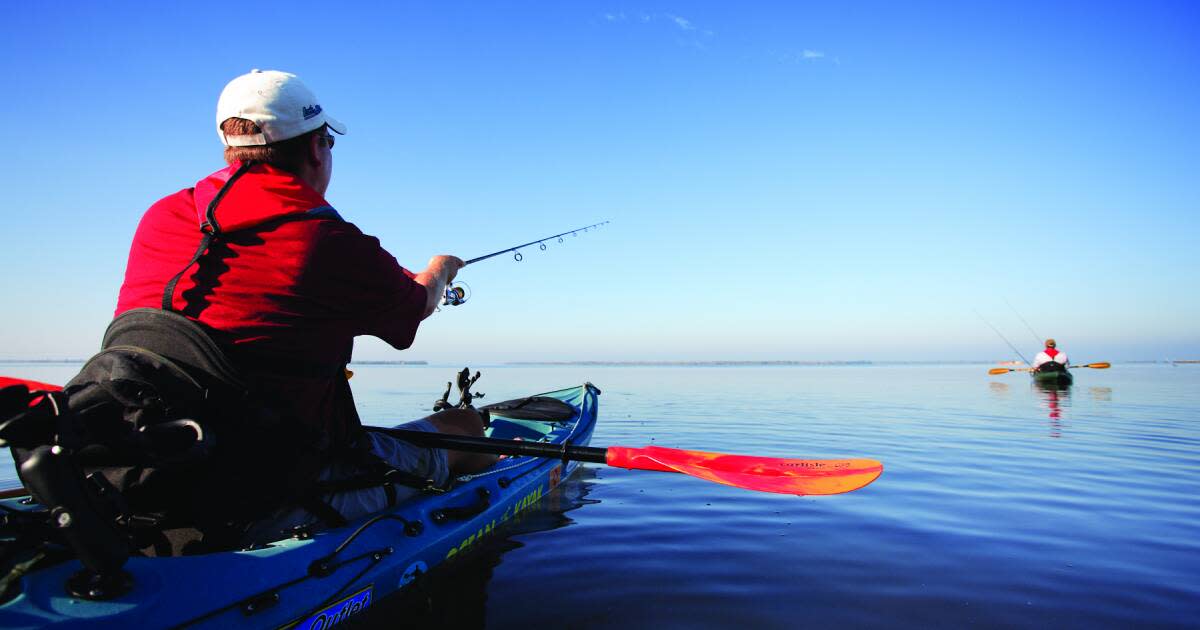

How to Purchase Your 2024 Alaska Fishing License
Obtaining your 2024 fishing license is a breeze with multiple convenient options:
- Online: The quickest and easiest method is through the ADF&G online store. You can print or save a digital copy of your license immediately after purchase.
- In-Person: Licenses are available at most sporting goods stores, tackle shops, and ADF&G offices throughout Alaska. Popular retailers like Fred Meyer, Walmart, and Safeway also sell them.
- Through a Guide or Lodge: If you’ve booked a fishing trip, your guide or lodge may offer the option to purchase licenses directly through them for added convenience.
Remember to carry your license with you at all times while fishing, as wildlife officers may request to see it.
Regional and Species-Specific Regulation Updates
In addition to the license changes, the 2024 season brings some important updates to regional and species-specific regulations. These adjustments aim to promote sustainable fishing practices and maintain healthy fish populations.
King Salmon Regulations
As one of the most sought-after catches in Alaska, king salmon (also known as Chinook) have specific regulations in place for the 2024 season in Southeast Alaska and Yakutat:
Resident Anglers:
- Bag and possession limit of two king salmon, 28 inches or greater in length.
- From October 1 through March 31, residents may use two rods when fishing for king salmon.
Non-Resident Anglers:
- Bag and possession limit of one king salmon, 28 inches or greater in length.
- Annual harvest limits vary by time of year:
- January 1 – June 30: Three king salmon
- July 1 – July 15: Two king salmon
- July 16 – December 31: One king salmon
- Non-residents must record their catch on the back of their fishing license or harvest record card.
Halibut Regulations
Halibut fishing enthusiasts should take note of the following changes for the 2024 season:
- Daily Bag Limit (February 1 – July 14, 2024): One halibut per person per day, either under 40 inches or over 80 inches.
- Daily Bag Limit (July 15 – December 31, 2024): One halibut per person per day, any size.
As halibut regulations can change based on the most recent stock assessments, always double-check the current rules before planning your fishing trip.
Rockfish and Lingcod Regulations
The Alaska Board of Fisheries has adopted new regulations for rockfish and lingcod in the Cook Inlet and North Gulf Coast regions for 2024:
- Rockfish: The bag limit is reduced to three per day, six in possession, of which only one per day and two in possession may be a non-pelagic rockfish.
- Lingcod: In the Cook Inlet salt waters, the bag limit is reduced to one per day, two in possession.
These adjustments reflect the state’s commitment to the sustainable management of these species.
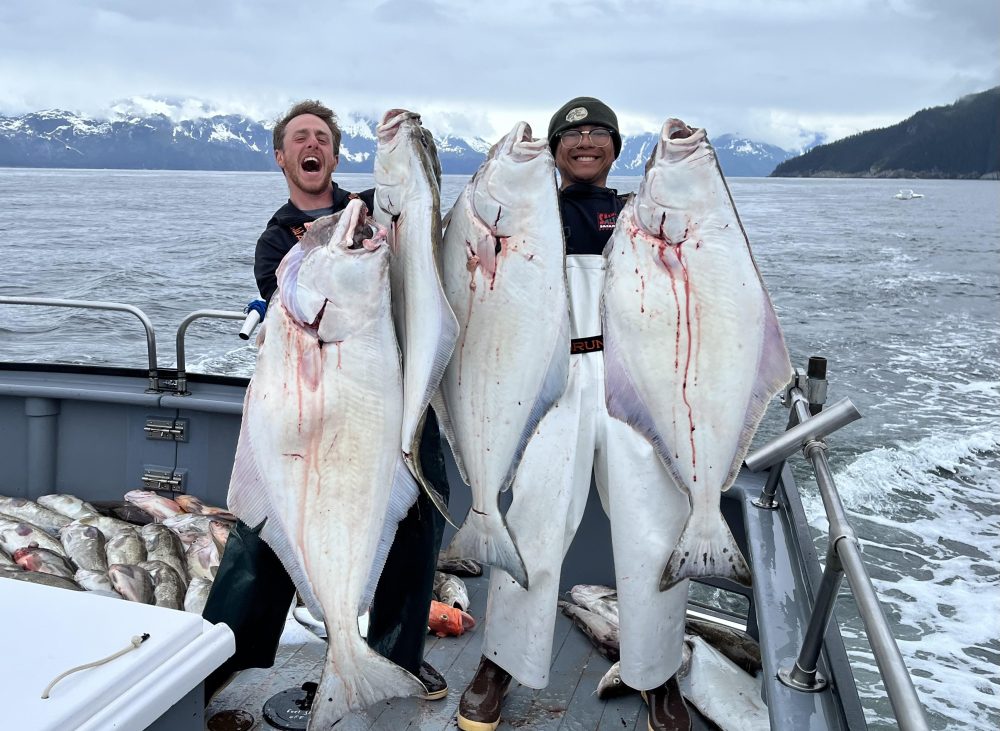

Plan Your 2024 Alaska Fishing Adventure
With the 2024 fishing license updates and regulation changes in mind, you’re well on your way to planning an unforgettable angling experience in Alaska. Remember to purchase your license through official channels, review regional and species-specific rules, and practice responsible fishing techniques like catch-and-release when appropriate.
By staying informed and following the guidelines set by the Alaska Department of Fish and Game, you’ll contribute to the sustainable management of the state’s incredible fisheries while maximizing your chances of landing that once-in-a-lifetime catch. So pack your gear, book your trip, and get ready to immerse yourself in the unparalleled beauty and world-class fishing that only Alaska can offer.

